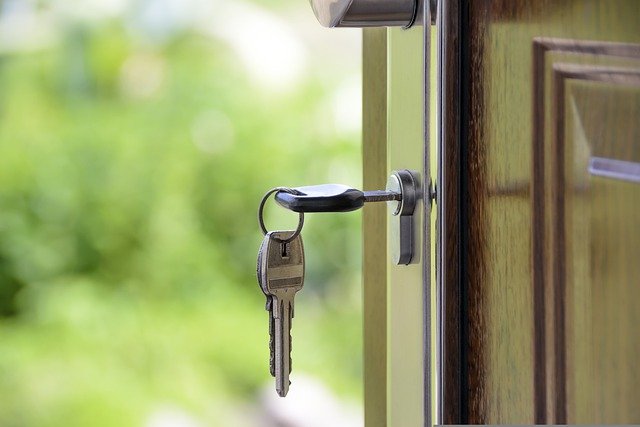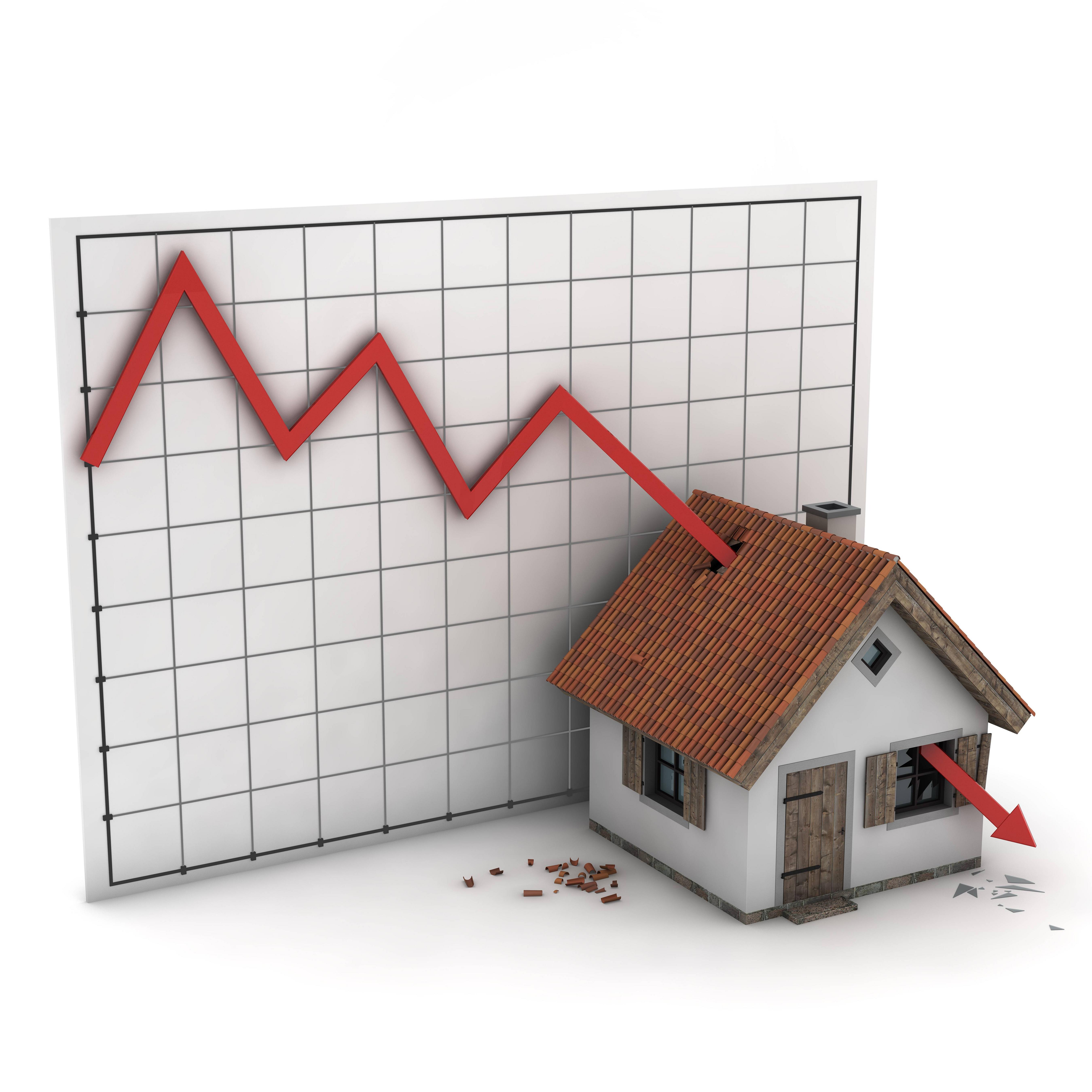
The margin is the difference of the index rate and your mortgage rate for 5/1ARMs. The index rate fluctuates over the course of time. However, the margin is usually established at the beginning of the loan term and remains the same throughout its life. The loan's life expectancy will be shorter if the margin is lower.
15-year fixed vs. 5-year ARM
It is important to know the difference between ARM rates (ARM) and fixed rates (15-year), if you are looking for a home mortgage. There are many similarities between the types of mortgages, but there are also some differences worth your consideration. A 15 year fixed-rate mortgage will have one fixed payment throughout its term. An ARM will adjust its rate of interest based on the mortgage documentation. This means that the payment is adjusted for any change in the index value. Fixed-rate mortgages tend to have a longer term than ARMs. This can lead to them becoming more costly over the long-term.
Mortgage rates for five-year adjustable-rate mortgages are higher than 15-year fixed-rate mortgages. This is partly due to the fact the 5-year ARM's average interest rate has dropped since the mid 2000s. In 2006, the average 5/1ARM rate was 6.08%. The rate was 3.82% in 2010. The 15-year fixed-rate mortgage is now at 5.90% with a 0.1-point down payment. However, the 5/1ARM is currently at 5.36% and has a 0.3 point down payment.

Interest rate caps on 5/1ARMs
The interest rate caps for 5/1ARMs restrict how much the interest rates can increase over the course of the loan. These caps are shown in the index, first year's rate of interest and margin. The caps may be increased once a year, or every two years in some cases. In other cases, they are set to increase every five years.
In some cases, the cap could not be applied on the initial rate of interest. The introductory interest rate is lower than the rate that would apply if the loan were a fixed-rate mortgage. In many cases, the initial rate is one percentage point lower than that which would be applicable at the end of the fixed five-year period. After the fixed-rate period has ended, however, the interest rate can be significantly higher than the initial rate. Most ARMs have an interest rate cap to prevent this. This is either a periodic cap, or a lifetime cap, which limits the total interest rate increase over the life of the loan.
The key to keeping monthly payments affordable is the interest rate cap on 5/1ARMs. The monthly payment will be higher if you have a higher interest rate. You should ensure that the interest rate caps apply to your particular situation.
Cost of a 5/1 loan
You should consider all possible consequences if you're considering a 5/1 ARM loan. This loan will require you to pay an adjustable interest rate based on market index. These mortgages have caps that limit interest rate increases. The first cap limits the rate that can be increased during the first year, while the periodic limit limits how much rate increases each time the loan is adjusted.

A 5/1 ARM loan's initial interest rate is usually very low. This makes it a good choice for home ownership. The rate can be fixed for five year, but then it adjusts to reflect the current interest rates plus a margin. This is why the financial sector is currently phasing out this type mortgage. This process started over the last year and will continue until most lenders cease using this type. Changes to financial indices are among the reasons for this phase-out.
FAQ
Is it cheaper to rent than to buy?
Renting is generally less expensive than buying a home. But, it's important to understand that you'll have to pay for additional expenses like utilities, repairs, and maintenance. There are many benefits to buying a home. You'll have greater control over your living environment.
Do I require flood insurance?
Flood Insurance covers flood damage. Flood insurance helps protect your belongings, and your mortgage payments. Learn more about flood insurance here.
What are the advantages of a fixed rate mortgage?
A fixed-rate mortgage locks in your interest rate for the term of the loan. This guarantees that your interest rate will not rise. Fixed-rate loan payments have lower interest rates because they are fixed for a certain term.
How much will my home cost?
This can vary greatly depending on many factors like the condition of your house and how long it's been on the market. Zillow.com reports that the average selling price of a US home is $203,000. This
What are the 3 most important considerations when buying a property?
The three main factors in any home purchase are location, price, size. It refers specifically to where you wish to live. Price is the price you're willing pay for the property. Size refers to how much space you need.
Should I use an mortgage broker?
A mortgage broker may be able to help you get a lower rate. Brokers can negotiate deals for you with multiple lenders. Some brokers earn a commission from the lender. Before you sign up, be sure to review all fees associated.
Statistics
- It's possible to get approved for an FHA loan with a credit score as low as 580 and a down payment of 3.5% or a credit score as low as 500 and a 10% down payment.5 Specialty mortgage loans are loans that don't fit into the conventional or FHA loan categories. (investopedia.com)
- This seems to be a more popular trend as the U.S. Census Bureau reports the homeownership rate was around 65% last year. (fortunebuilders.com)
- Over the past year, mortgage rates have hovered between 3.9 and 4.5 percent—a less significant increase. (fortunebuilders.com)
- The FHA sets its desirable debt-to-income ratio at 43%. (fortunebuilders.com)
- Based on your credit scores and other financial details, your lender offers you a 3.5% interest rate on loan. (investopedia.com)
External Links
How To
How to find an apartment?
When you move to a city, finding an apartment is the first thing that you should do. This process requires research and planning. This includes researching the neighborhood, reviewing reviews, and making phone call. Although there are many ways to do it, some are easier than others. The following steps should be considered before renting an apartment.
-
You can gather data offline as well as online to research your neighborhood. Online resources include websites such as Yelp, Zillow, Trulia, Realtor.com, etc. Other sources of information include local newspapers, landlords, agents in real estate, friends, neighbors and social media.
-
Read reviews of the area you want to live in. Yelp and TripAdvisor review houses. Amazon and Amazon also have detailed reviews. You can also find local newspapers and visit your local library.
-
For more information, make phone calls and speak with people who have lived in the area. Ask them about their experiences with the area. Ask if they have any suggestions for great places to live.
-
Check out the rent prices for the areas that interest you. If you think you'll spend most of your money on food, consider renting somewhere cheaper. However, if you intend to spend a lot of money on entertainment then it might be worth considering living in a more costly location.
-
Learn more about the apartment community you are interested in. It's size, for example. What price is it? Is it pet friendly What amenities are there? Are there parking restrictions? Do you have any special rules applicable to tenants?